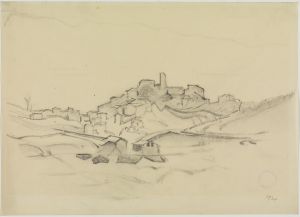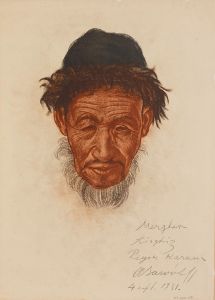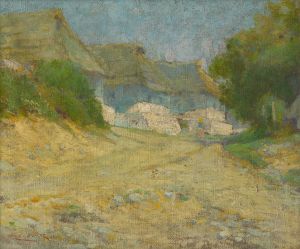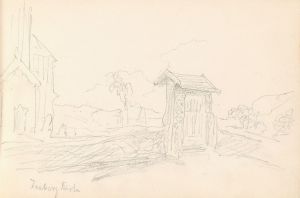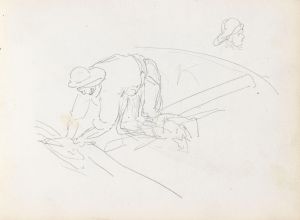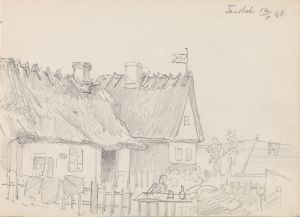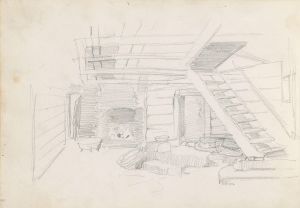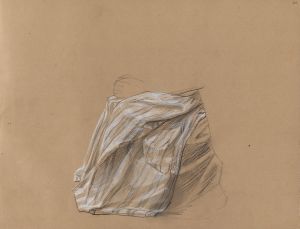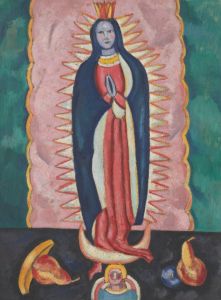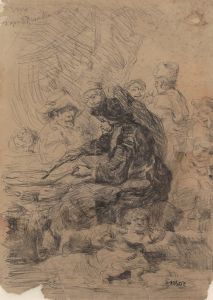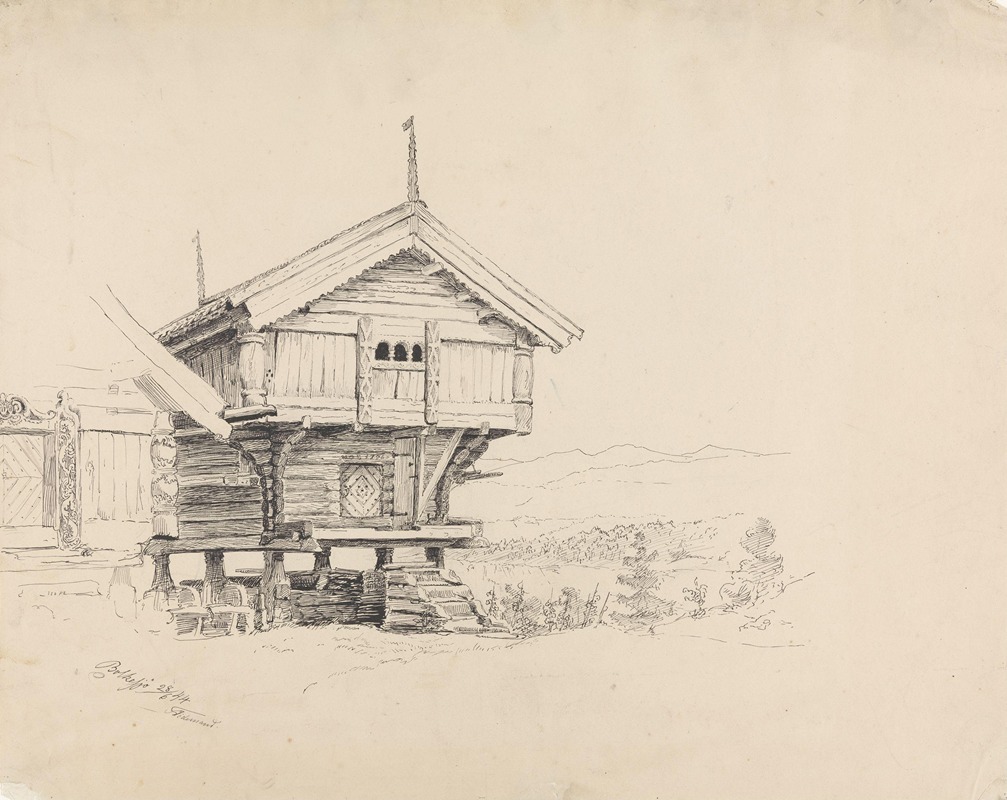
Stabbur, Bolkesjø
A hand-painted replica of Adolph Tidemand’s masterpiece Stabbur, Bolkesjø, meticulously crafted by professional artists to capture the true essence of the original. Each piece is created with museum-quality canvas and rare mineral pigments, carefully painted by experienced artists with delicate brushstrokes and rich, layered colors to perfectly recreate the texture of the original artwork. Unlike machine-printed reproductions, this hand-painted version brings the painting to life, infused with the artist’s emotions and skill in every stroke. Whether for personal collection or home decoration, it instantly elevates the artistic atmosphere of any space.
Adolph Tidemand, a prominent Norwegian painter of the 19th century, is best known for his depictions of Norwegian folk life, traditions, and landscapes. One of his works, Stabbur, Bolkesjø, is a painting that reflects his dedication to capturing the essence of rural Norway. The painting portrays a traditional Norwegian stabbur, a type of raised storage building commonly used on farms to store food and protect it from pests and moisture. The stabbur depicted in this painting is located in Bolkesjø, a small area in Telemark, Norway, known for its picturesque landscapes and cultural heritage.
Adolph Tidemand was born in 1814 in Mandal, Norway, and studied art in Copenhagen, Düsseldorf, and other European cities. He became a central figure in the Düsseldorf School of painting, which emphasized detailed, realistic depictions of everyday life. Tidemand's works often focused on Norwegian peasant culture, which was undergoing significant changes during the 19th century due to industrialization and modernization. His paintings are considered valuable historical records of Norwegian rural life during this period.
Stabbur, Bolkesjø exemplifies Tidemand's interest in preserving and celebrating Norway's cultural identity. The painting is characterized by its attention to detail, with the stabbur rendered in a realistic style that highlights its architectural features. The surrounding landscape, likely inspired by the natural beauty of Telemark, provides a serene and authentic backdrop. Tidemand's use of light and color enhances the sense of tranquility and timelessness in the scene.
While specific details about the creation and current location of Stabbur, Bolkesjø are not widely documented, the painting aligns with Tidemand's broader body of work, which often sought to document and romanticize the traditions of rural Norway. His art played a significant role in shaping the national identity of Norway during the 19th century, as it resonated with a growing sense of pride in the country's cultural heritage.
Adolph Tidemand passed away in 1876, but his legacy endures through his contributions to Norwegian art and his efforts to preserve the nation's traditions through his paintings. Stabbur, Bolkesjø remains an example of his commitment to capturing the spirit of Norway's rural life.





